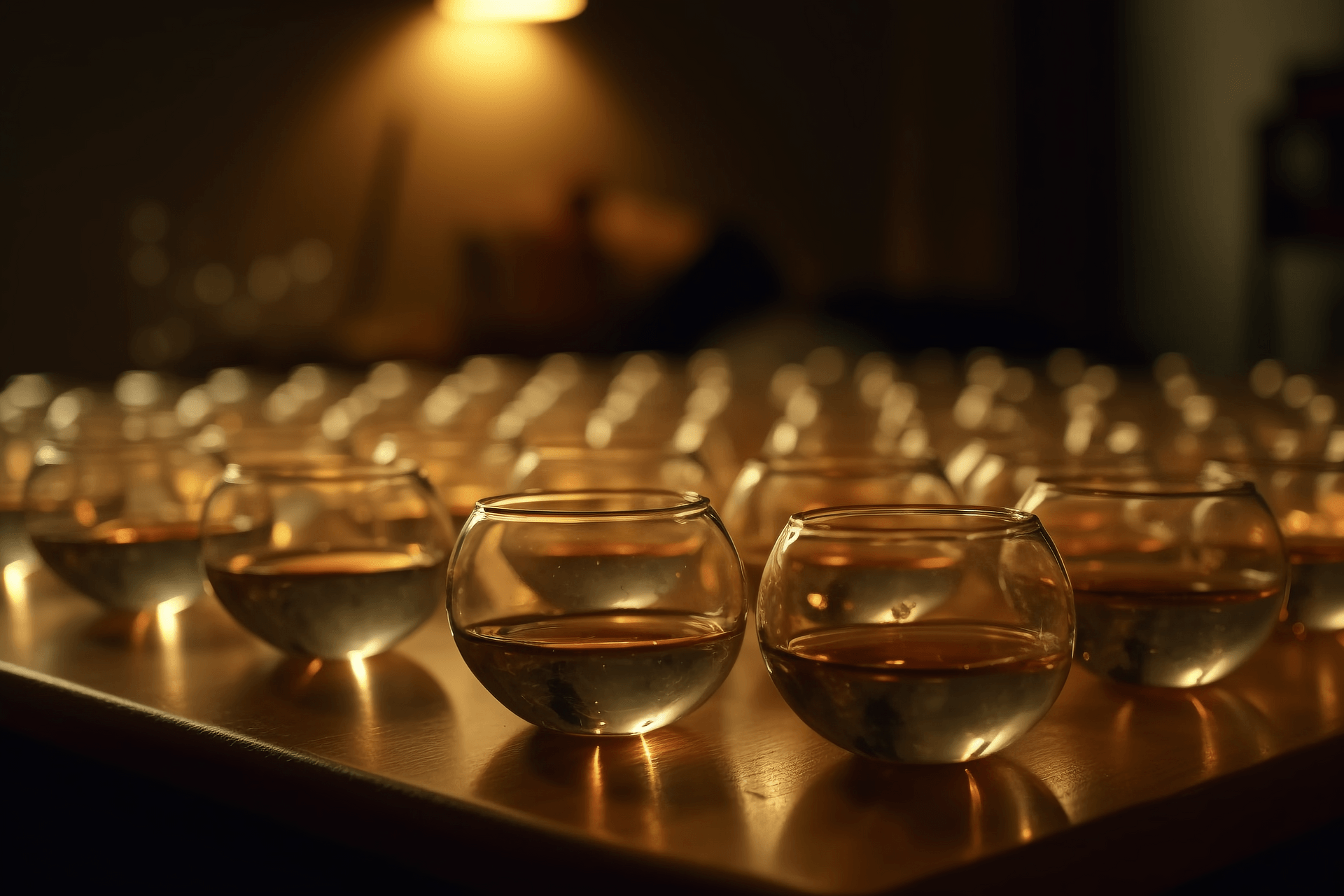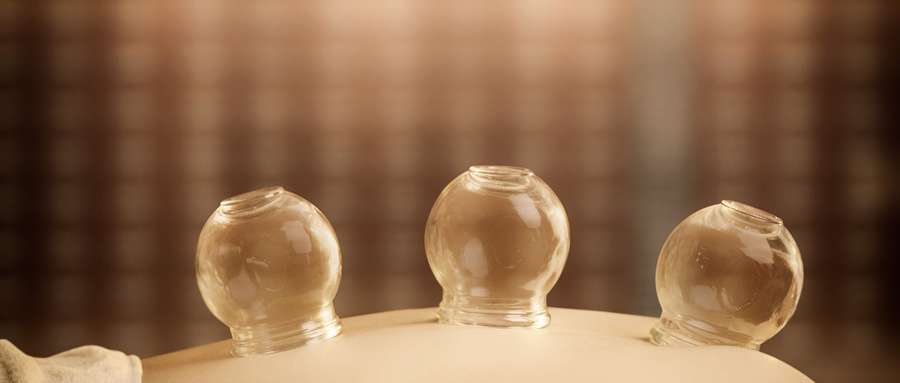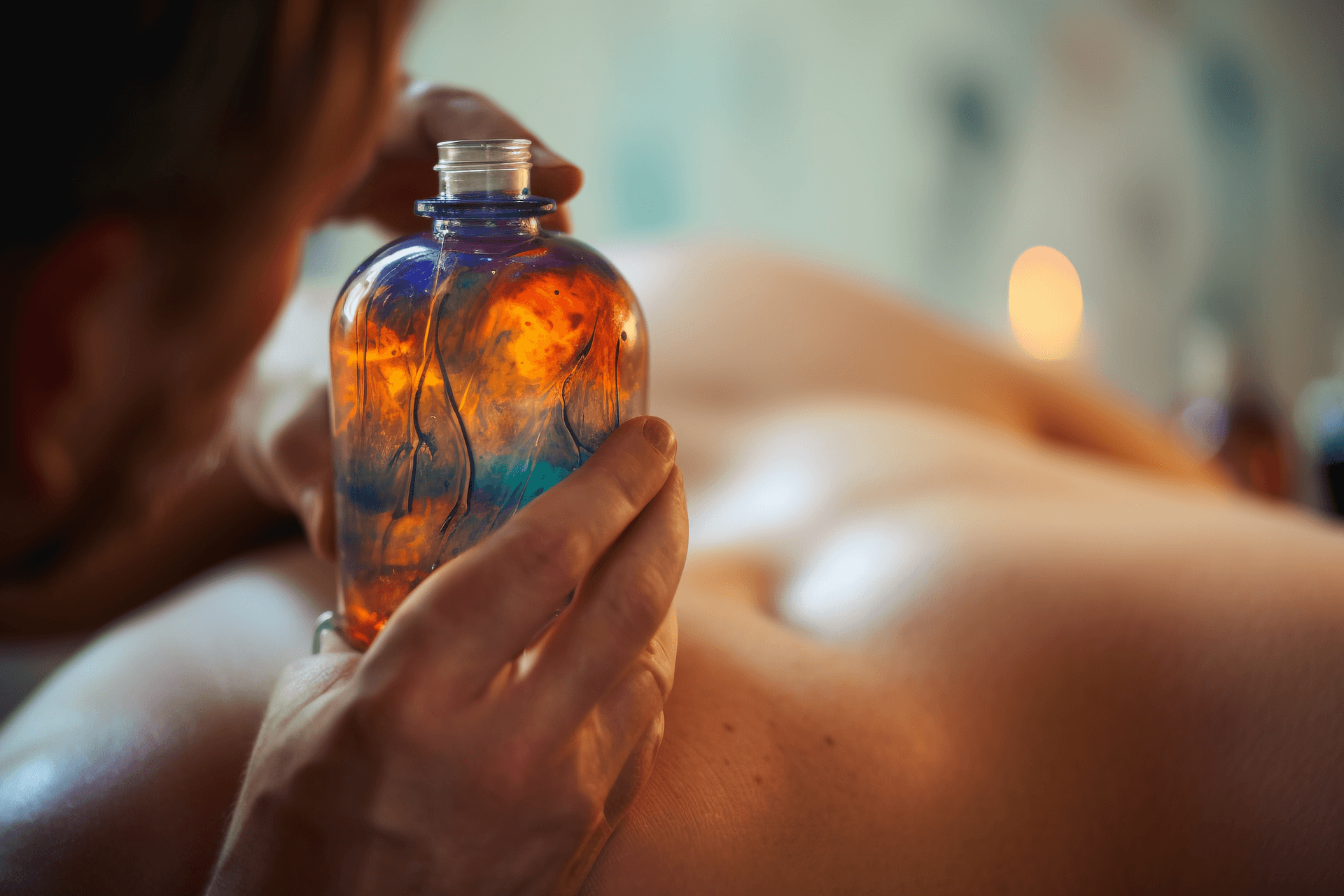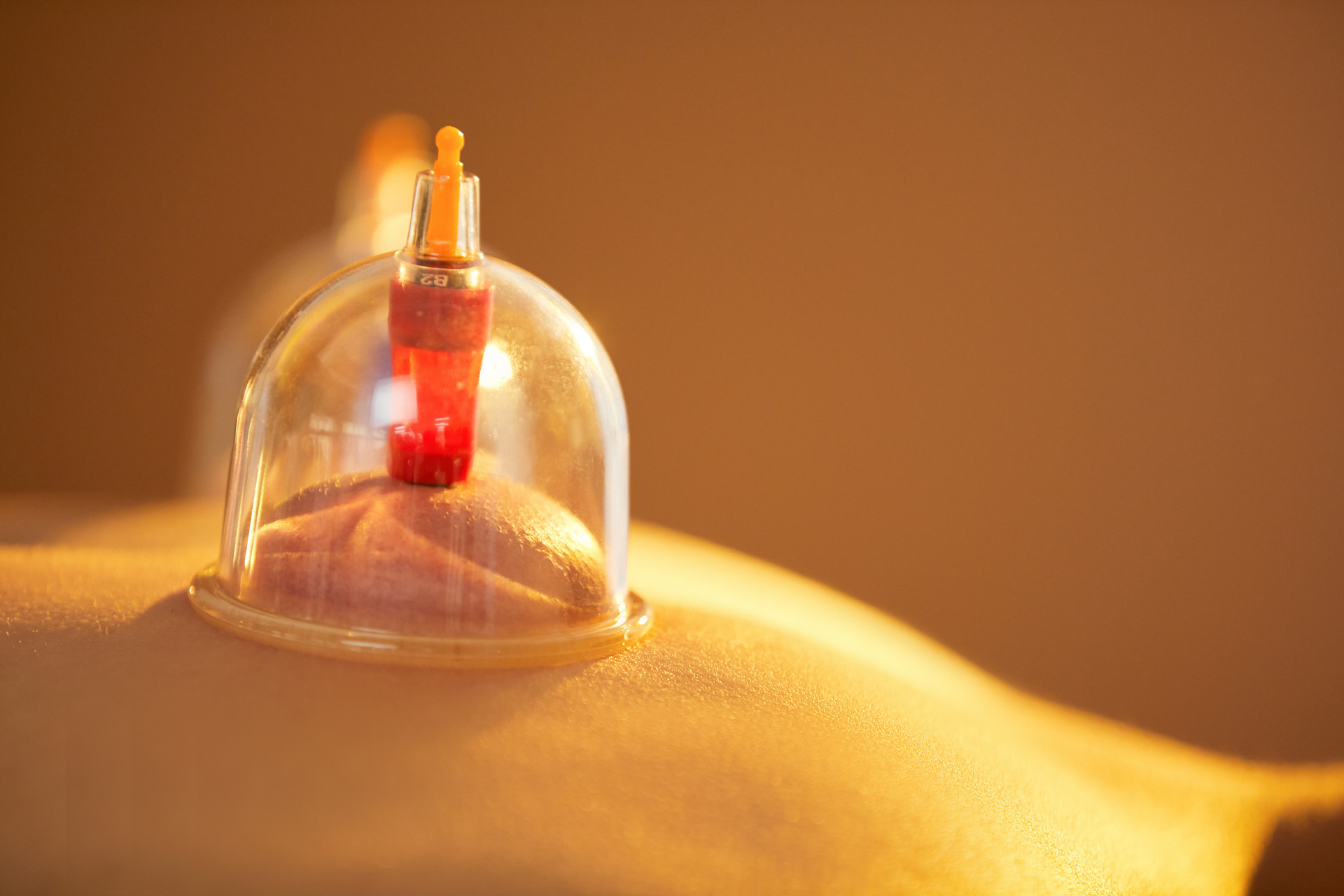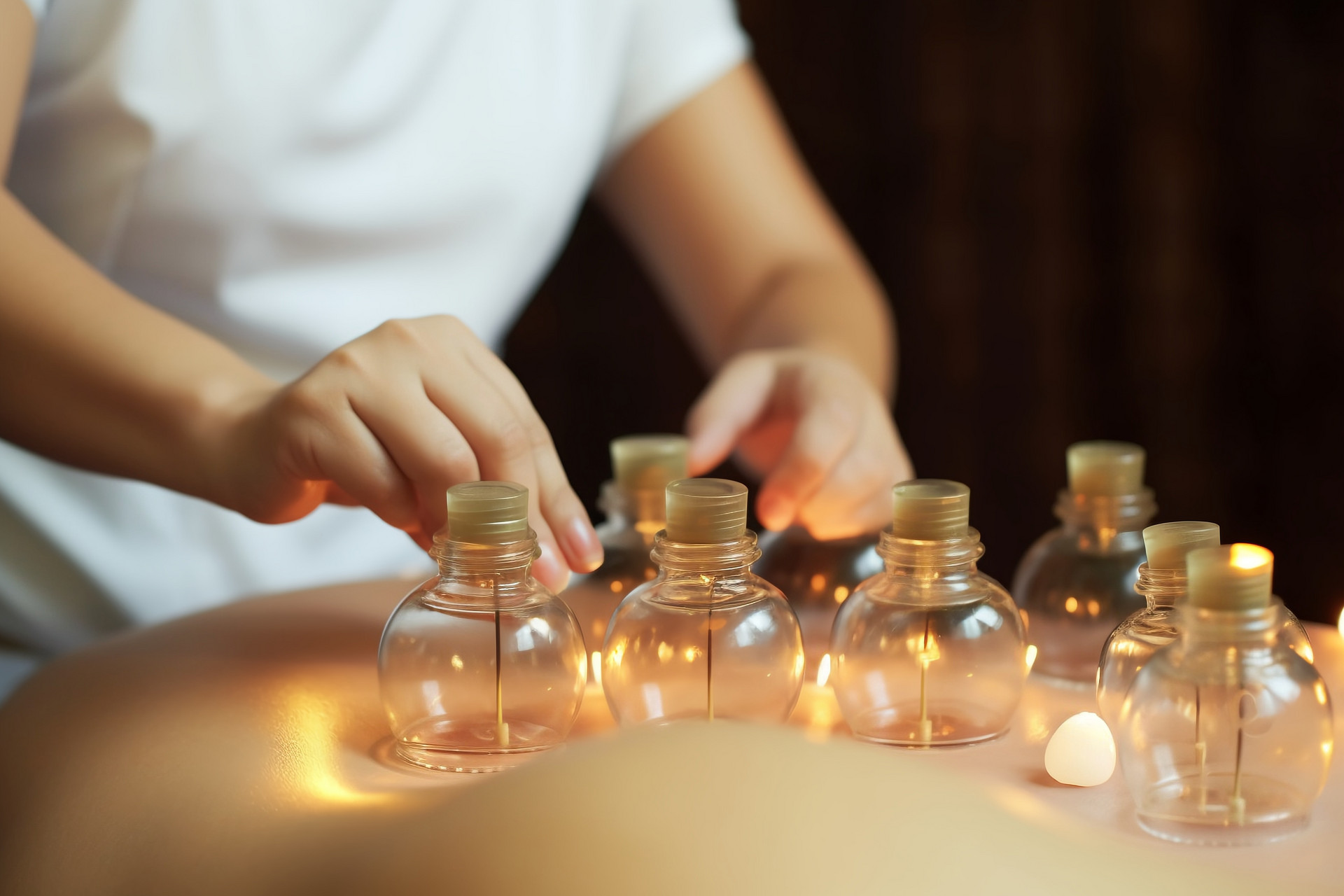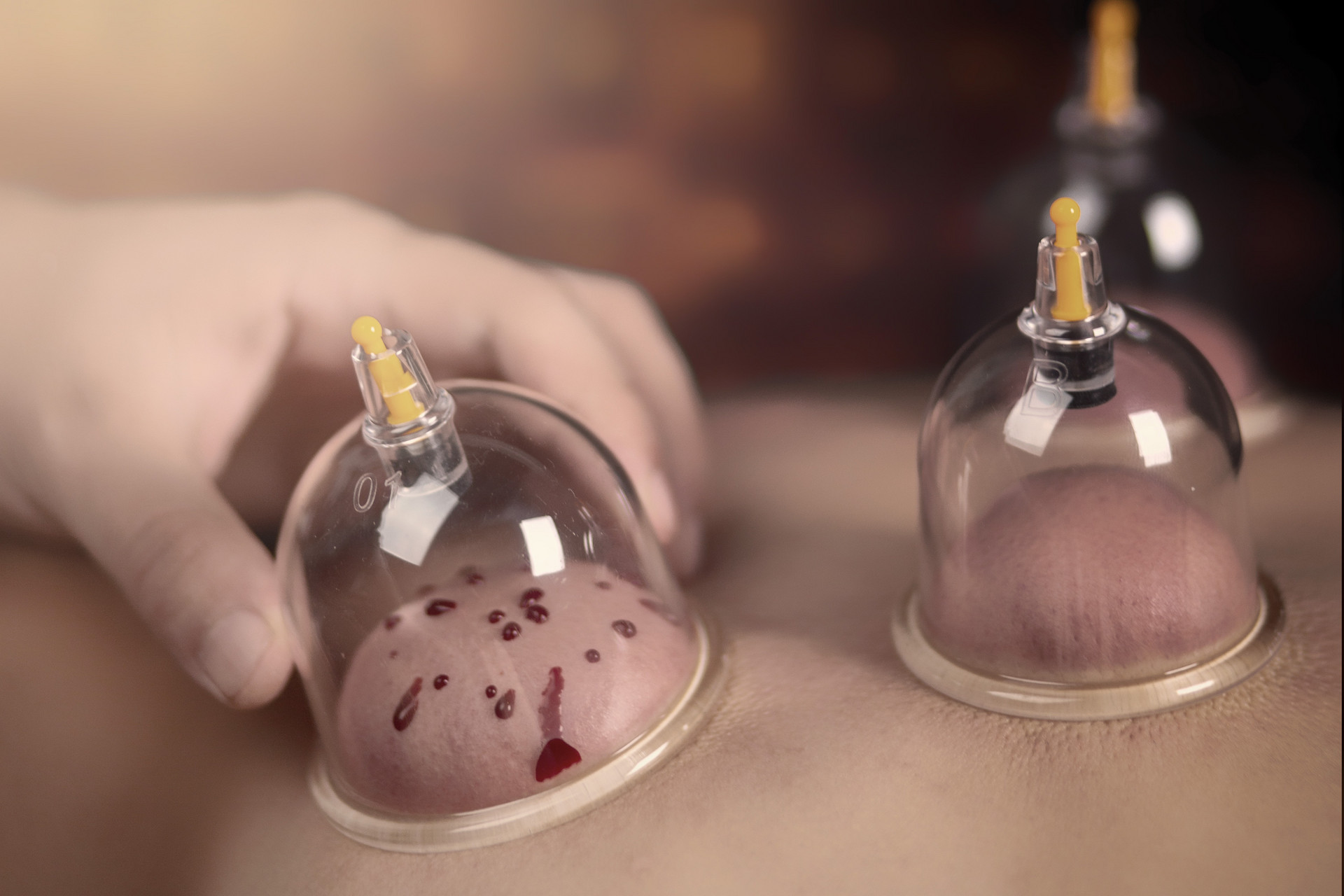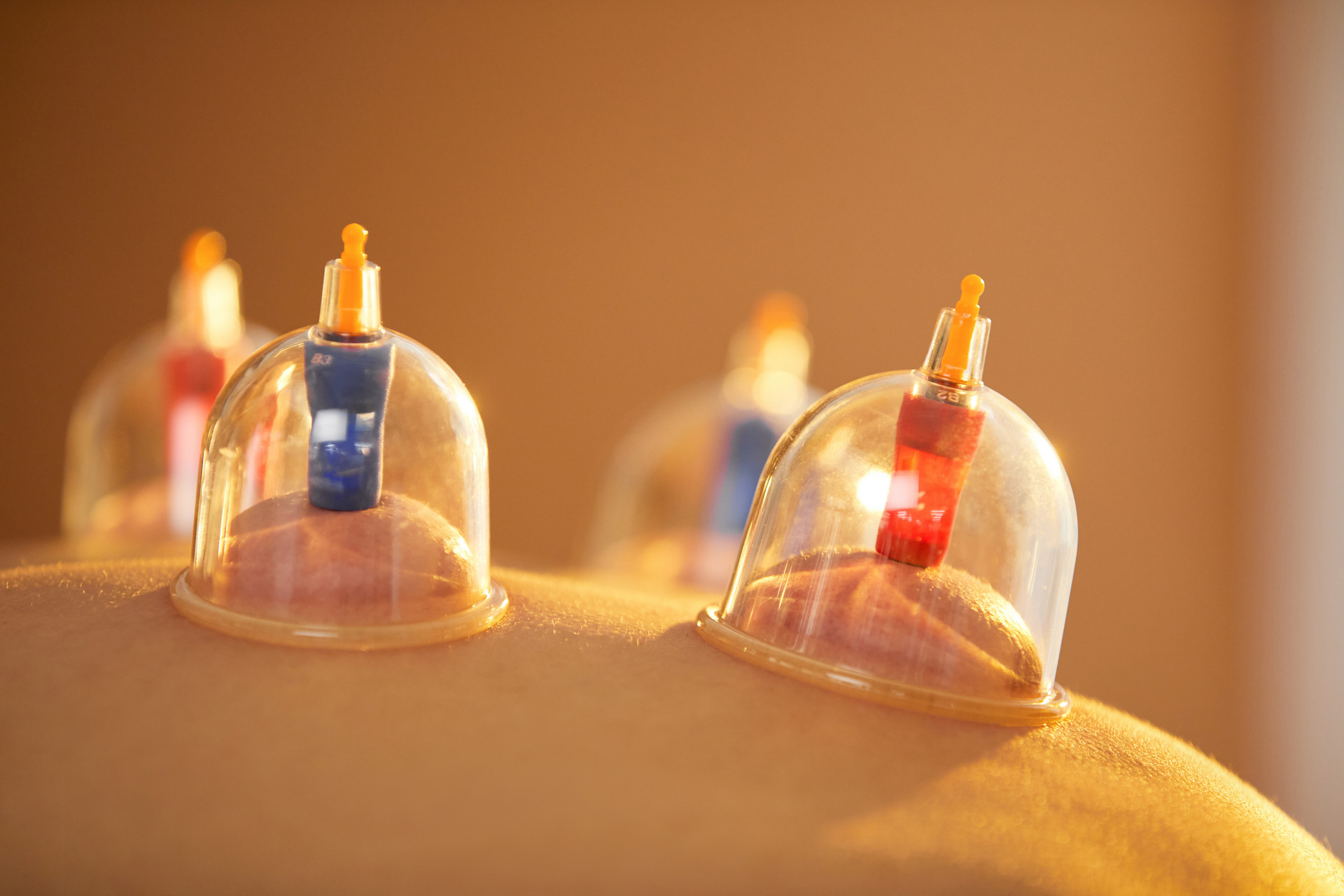Cupping therapy, also known as "horn therapy" in ancient times, is a simple and effective treatment method. Many families have cupping equipment such as glass cups, bamboo cups, and vacuum suction cups. When they feel unwell, many people choose cupping therapy for treatment. However, cupping therapy at home should not be taken lightly. Otherwise, it may not only affect the therapeutic effect but also have a negative impact. Here are some important considerations for cupping therapy at home.
Not everyone can do cupping
Cupping therapy mainly works by mechanical stimulation, negative pressure, and thermal effects. It accelerates blood circulation, promotes metabolism, and improves the local microenvironment of the body. It has medical and health benefits, especially for some chronic diseases. However, cupping therapy is not suitable for all diseases. People with skin damage, blood disorders, lung diseases such as chronic obstructive pulmonary disease, tuberculosis, lung abscess, bronchiectasis, as well as those who are physically weak, children, pregnant women, etc., should not do cupping therapy. People who are excessively fatigued, hungry, thirsty, or intoxicated should not do cupping therapy immediately and should rest and recover before doing so.
Deeper marks are not necessarily better
In traditional Chinese medicine, the different colors or forms of marks that appear on the skin after cupping can indicate the condition of the disease to some extent. However, deeper bruises do not necessarily mean better effects. In terms of form, if there are blisters or edema in the cupping marks, it indicates excessive moisture in the body. If the blisters are blood red or dark red, it indicates heavy moisture and blood stasis. If the cupping marks are deep red, purple-black, or have red dots that feel slightly painful and accompanied by fever, it indicates heat toxin. If the cupping marks are purple-red or purple-black without red dots or fever, it indicates blood stasis. If the cupping marks are itchy or have skin wrinkles, it indicates wind or dampness. In terms of color, if the cupping marks are dark purple-black and dim, it indicates poor meridian circulation and blood stasis. If there are purple marks with patches, it indicates cold congealing and blood stasis. If the cupping marks are scattered purple dots, it indicates qi stagnation and blood stasis. If the cupping marks are bright red, it indicates deficiency of both qi and blood or excessive yin fire. If the cupping marks are red and dark, it indicates heat pathogen. If the cupping marks are gray-white or without color change, and not warm to the touch, it is often due to deficiency cold or dampness. If the purple marks from the previous cupping session have not completely disappeared, cupping should not be done consecutively on the same area but should be changed to relevant acupoints.
Choose the right cupping positions
In traditional Chinese medical therapy, cupping is applied to acupuncture points or local painful areas on the body using cups to achieve the therapeutic purpose. When doing cupping at home, it is important to choose the correct positions. Cupping should not only be done at the painful areas but also at the relevant acupoints to achieve the desired effect. For example, if a patient has lower back pain, cupping may also be needed at other acupoints. Many people do not understand the distribution of acupoints in the body, so it is best to consult a qualified traditional Chinese medicine practitioner before doing cupping.
Avoid excessive duration
Many people believe that the longer the cupping time, the better. Some even believe that blisters need to be formed to demonstrate the effectiveness of cupping therapy. The cupping time varies depending on the size of the cups, the material, and the strength of the negative pressure. It is generally recommended to keep the cups on for about 10 minutes in summer and 15-20 minutes in winter. The main principle of cupping therapy lies in negative pressure rather than time. If cupping is done with excessive negative pressure for too long until blisters form, it can not only damage the skin but also cause skin infections. In addition, cupping should not be done too frequently. For preventive purposes, it should be done a maximum of twice a week. If it is for treating a disease, it is best to follow the advice of a doctor.
Avoid immediate bathing after cupping
It is not advisable to take a bath immediately after cupping. Many people who enjoy taking baths often say "no cupping without bathing, and no bathing without cupping". Indeed, it feels comfortable to have a warm bath and cupping, cupping before bathing, or cupping after bathing. However, the order is important. After bathing, cupping can be done, but never take a bath immediately after cupping. After cupping, the skin is in a vulnerable state, and taking a bath at this time can easily cause skin damage and inflammation. If taking a cold shower, the pores are open, making it easy to catch a cold.
Choose the right cupping equipment
When purchasing cupping equipment from a pharmacy, pay attention to whether the cup has a smooth opening to avoid scratching the skin. The size of the cup is also important. Too large cups will reduce the force on the skin, while too small cups will exert excessive force. Different areas require cups of different sizes, so choose according to your actual needs. In terms of quality, it is best to choose shatterproof products. Transparent cups are preferred as they allow for easy observation of the skin condition. For most people who do cupping at home, it is easy to burn themselves, so suction cups are more suitable as they allow for better control of the force and tightness.


